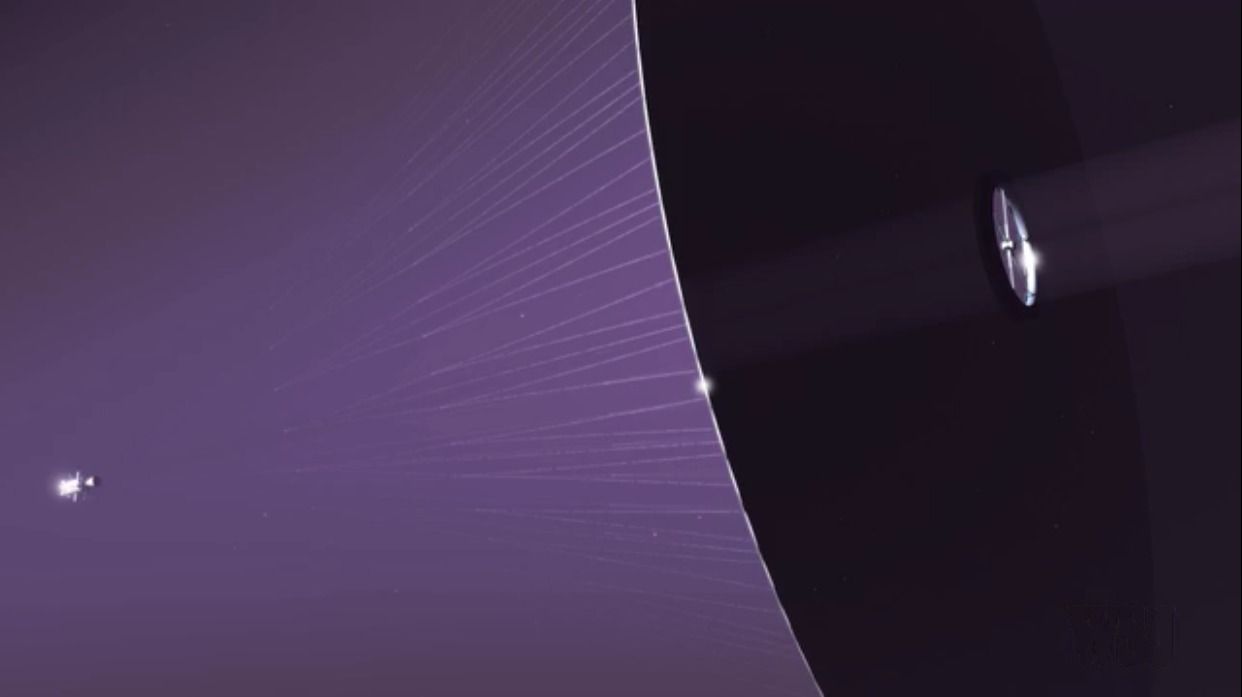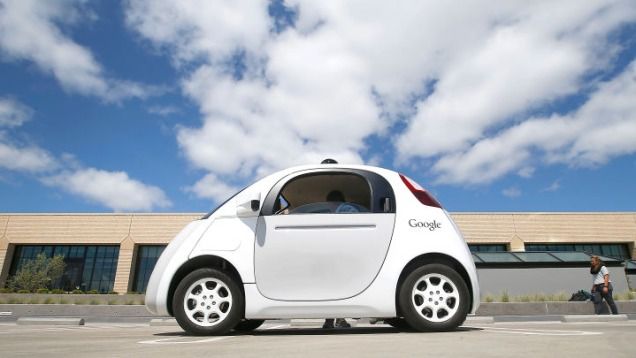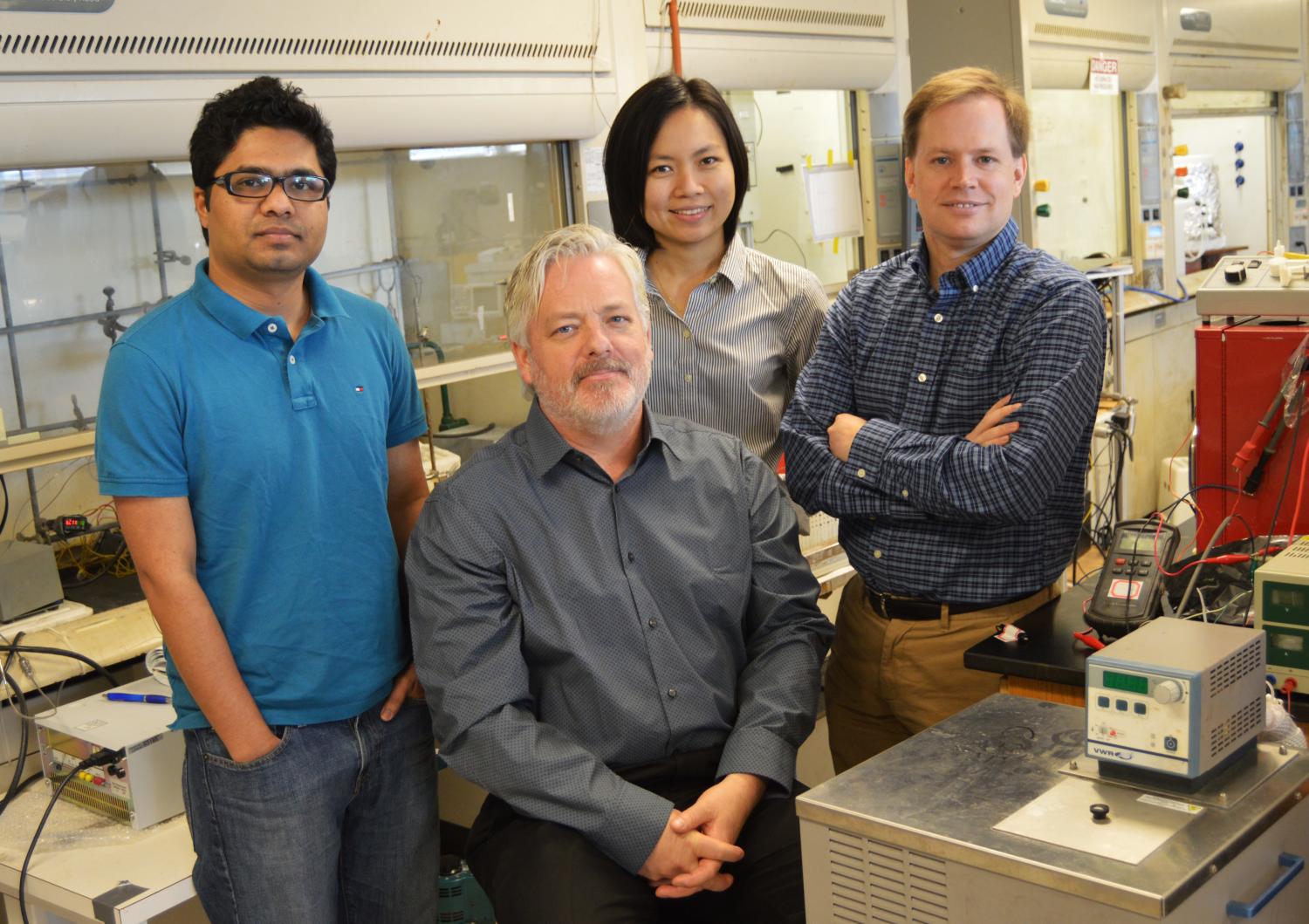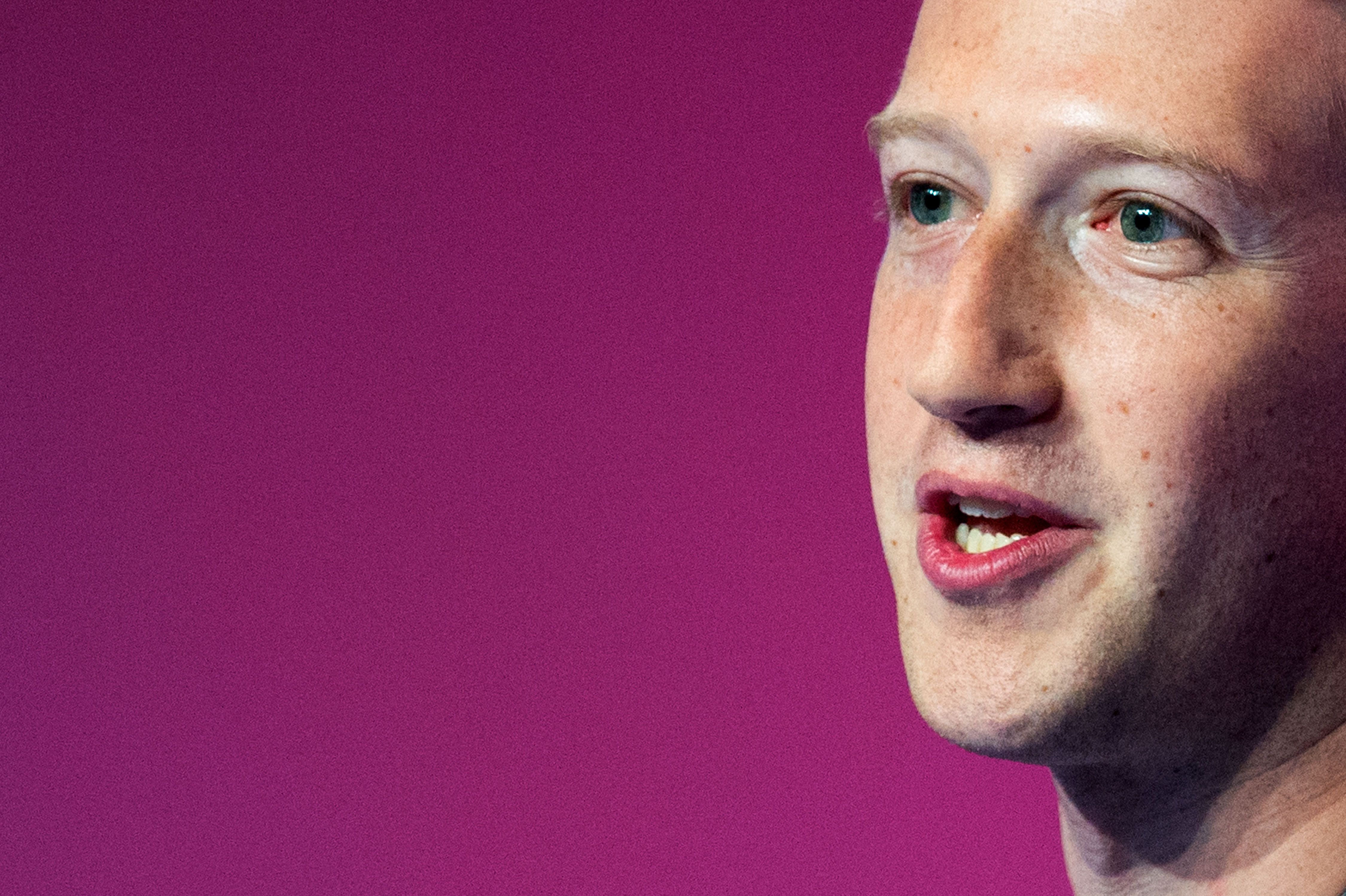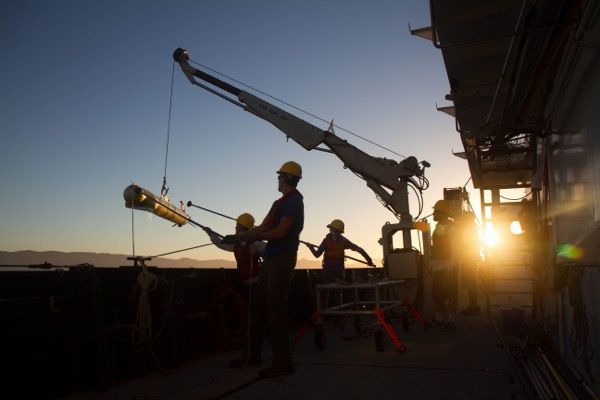No Robots Please says Mercedes; at least for their manufacturing teams that does specialized/ custom work.
Our dystopian all-robot future just got hit with a minor setback: Mercedes-Benz is ditching some of its robot workers in favor of humans, citing the human ability to move faster and perform a wider array of tasks. The reason largely revolves around Mercedes’ increased array of customization options — there are so many different individualization options at the moment that robots aren’t able to deal with them all. Humans, the auto maker says, are saving the company money.
Mercedes’ individualization options include things like various tire valve caps, trim, and cupholders, small but significant aspects of the vehicles that robots aren’t easily able to switch between. According to Daimler AG’s Markus Schaefer, “The variety is too much to take on for the machines. They can’t work with all the different options and keep pace with changes.”
Robots are good at doing rote tasks — the same thing over and over again with an exact precision. While humans aren’t so good at that, they are better at adjusting to new demands — Daimler would have to deal with weeks of down time every time it needed to change the assembly and reprogram the robots, whereas humans can adjust to new demands in a single weekend.


